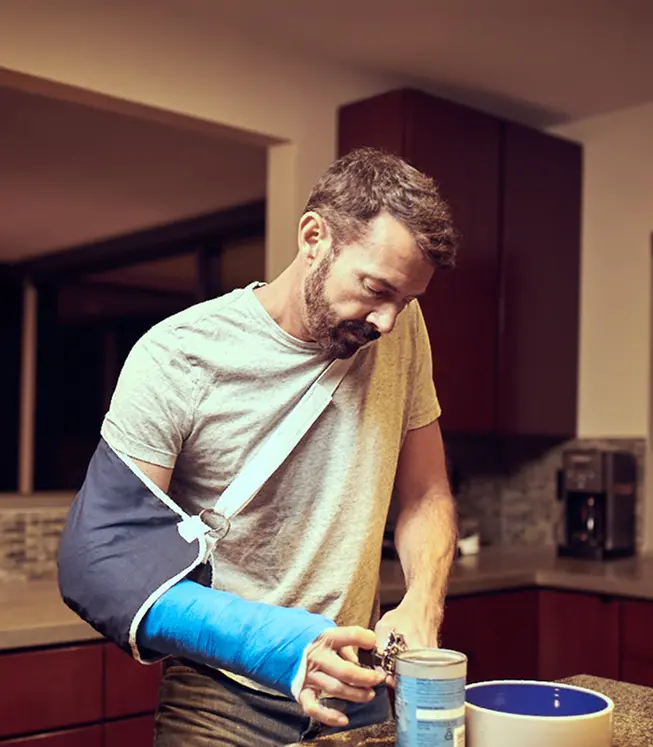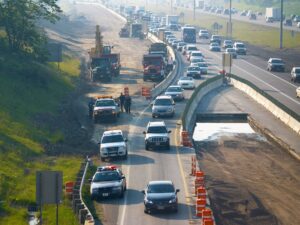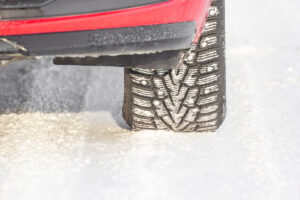Head-on collisions pose enormous risks to the people and property involved. Those injured in front-end car accidents in Reno may be able to seek a financial award to reimburse them for their losses. As you prepare to embark on the legal process, you may want to reach out to a qualified car accident lawyer to guide you.
At Shook & Stone, we understand that those injured in head-to-head crashes can sustain immeasurable losses, such as having lifelong impairments because of the incident. Our seasoned lawyers provide pointed and compassionate advocacy to those impacted by these events. Because we understand that finances are often a concern after such a serious event, we offer free initial consultations.
Common Causes of Head-On Collisions in Reno
When your Reno personal injury lawyer takes a look at the details of your case, the cause of the incident will be a major point of interest. Determining what caused the collision will help your attorney understand how to proceed with your case.
While the cause of your injuries will depend on the specifics of your case, let’s take a general look at potential causes of head-on collisions:
- Distracted driving: A driver looking at a phone, GPS, or other distraction may drift into oncoming traffic.
- Impaired driving: Alcohol or drug impairment affects judgment calls, reaction times, and motor skills, all of which can increase the risk of drivers crossing over into opposing lanes and colliding with other vehicles.
- Fatigue: Drowsy driving—particularly on rural roads—can result in drivers falling asleep behind the wheel and veering off course into oncoming lanes of traffic.
- Speeding: Driving at excessive speeds—especially around curves or in poor weather conditions—can cause drivers to lose control and cause a head-on crash.
- Improper passing: Attempting to pass another vehicle on a two-lane road without a clear view of oncoming traffic is a common factor in rural Nevada collisions.
- Wrong-way driving: Entering a one-way road or getting on a freeway ramp in the wrong direction—often due to intoxication or unfamiliarity with the area—can lead to deadly head-on impacts.
- Weather and road conditions: Icy, wet, or poorly maintained roads can contribute to a loss of control for drivers, which increases the chances of getting into a collision.

Determining Fault in Reno Head-On Collisions
Nevada is an at-fault state. This means that the party responsible for causing the accident is also responsible for paying damages. However, the process of determining who’s at fault comes down to proving liability, which is very important if you want to recover compensation.
In many cases, fault for a head-on collision will lie with the driver who crossed into the opposing lane. However, establishing this isn’t always as straightforward as it may sound. In fact, liability can be shared among multiple parties.
Here are some scenarios that may impact the process of determining liability in your case:
- Veering across the center line: This is a very common cause of head-on collisions, and it usually points to negligence at play.
- Improper signage or road designs: If a poorly marked one-way street or a lack of signage contributed to the crash, a government entity could share fault for the collision.
- Defective vehicle parts: Tire blowouts or brake failures often point to manufacturer-related liability.
- Third–party drivers: In some cases, a third vehicle forces the initial driver to swerve into the wrong lane to avoid a collision, only to cause one in the process.
Nevada follows the doctrine of comparative negligence, which allows injured parties to recover damages as long as they are less than 51% at fault.
However, their compensation will be reduced by their percentage of fault. For instance, if an injured driver is found to be 35% responsible for the crash—perhaps as a result of speeding at the time of the collision—their total compensation will be reduced by 35%.
Statute of Limitations in Reno
Nevada law places strict time limits when it comes to how long you have to file a personal injury claim or wrongful death lawsuit following a head-on collision. Under Nevada law, the following deadlines are enforced:
- Personal injury claims must be filed within two years of the day the crash occurred
- Wrongful death claims must be filed within two years of the person’s date of death
If a government entity is believed to be partially responsible—for example, due to poor road maintenance or defective signage—additional procedural requirements and shorter deadlines may apply under Nevada’s tort claims process.
All in all, missing these deadlines can bar you from seeking compensation entirely, regardless of the merits of your case. This is why it’s important to contact head-on collision lawyers in Reno as soon as possible. Doing so can help you protect your right to receive compensation.
Free Consultation We’ll help you win the benefits you need to get your life back.
How Long Do You Have To Bring a Legal Claim for a Crash?
Nevada Revised Statutes § 41.130 allows those hurt in roadway events caused by someone else to file a case in court. Under this law, people whose behavior contributes to a resulting crash may be held responsible for their actions. But injured parties (e.g., passengers, drivers, pedestrians, or cyclists) must assert their rights in court within a certain period of time after the incident occurs.
How long they have is based on the specific allegations they are making against the at-fault party. For example, under Nev. Rev. Stat. § 11.190, people wishing to press charges for physical injuries or property damage to their vehicle may have two to three years to do so. However, injured individuals may have less time if the fault-carrying party is a member of the government, such as the United States Postal Service.
Under Nev. Rev. Stat. § 11.250, those involved in head-on collisions in Reno may have additional time to sue if they were under a legal disability when the incident occurred. Conditions the law considers to be a disability include being a minor or in the control of the State (e.g., in foster care). In that case, the window to file suit may not close until the disability ends (e.g., they turn 18).
Things to Be Aware of Regarding Your Settlement for a Head-On Collision
When you are harmed in a front-impact crash in Reno, some of the cascading effects may include having to spend time in the hospital, pause employment, or not having a working vehicle for days, weeks, or months. Pursuing a settlement can allow you to request compensation to cover these unfair costs. Some of what you might qualify for include the following:
- Money to address your mounting hospital bills
- Funds to reimburse you for repairing your car or having to buy a new one
- A financial award to supplement your docked pay during the healing process
- Money to acknowledge the pain, suffering, and inconvenience of being injured
Additionally, Nev. Rev. Stat. § 42.010 may allow you to receive exemplary (punitive) damages if the at-fault motorist was drunk at the time of the front-end crash. When calculating your settlement or weighing a proposal from the other party, be mindful of the comparative negligence laws found in Nev. Rev. Stat. § 41.141. At-fault parties may try to use these rules to shift the blame onto you and reduce your damages award.
Call Our Firm After a Front-End Auto Wreck in Reno
Being forced to bear the burden of this event can feel overwhelming and frustrating, something that is all the more compounded when you factor in the pain and suffering you may be experiencing. Filing a lawsuit can feel like an empowering way to help you fight for the resources to move forward. Instead of tackling the legal process on your own, consider the benefits of working with a well-practiced lawyer.
When you or a loved one are involved in a front-end car accident in Reno, contact Shook & Stone to discuss your legal options. Our firm provides free, no-obligation consultations. We understand your pain and could meet with you to learn about how we can help.








